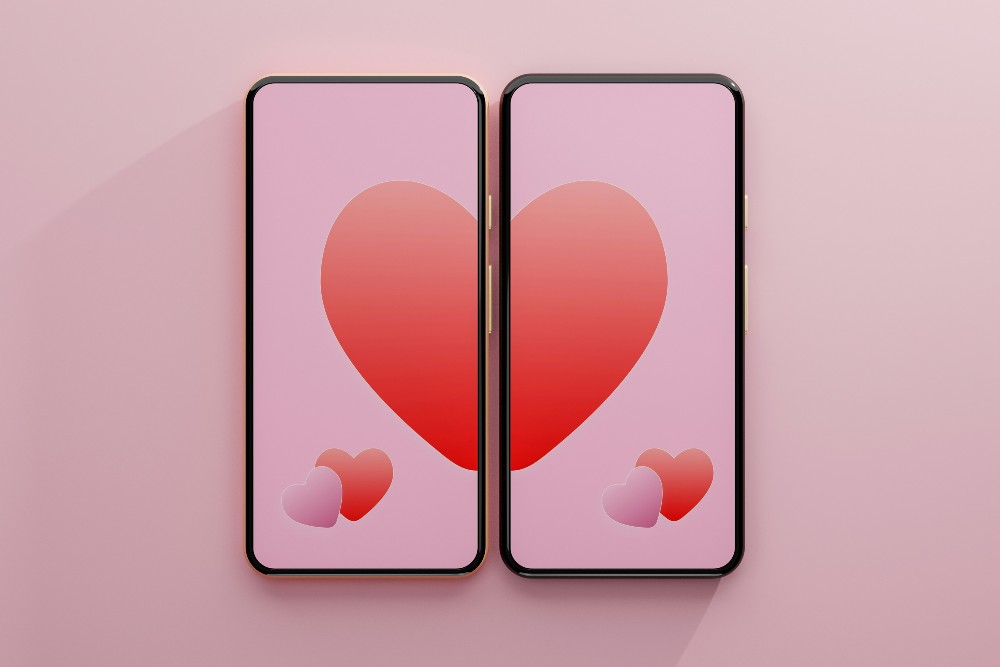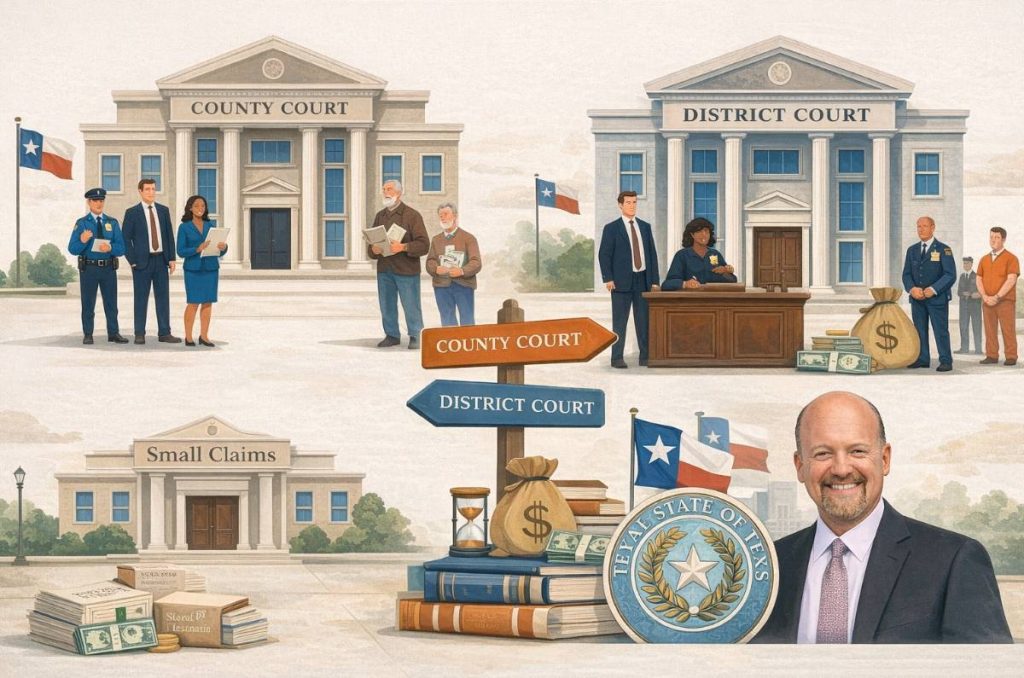Let’s look at the facts first. The online dating business is still strong and hasn’t gotten smaller. In 2022, experts say it was worth between $7.2 and $9.7 billion. Most people expect this number to go up by 2030, maybe by several more billion dollars.
Even if the market grows by only 5 or 7 percent a year, it is still a big business. People continue to spend money on dating apps and pay for extra features like boosts and subscriptions.
But if you pay attention to how people use these apps, you notice something different. Fewer people are logging in or searching for dates. In 2020, dating apps had about 287 million monthly users around the world. By 2023, the number dropped to 237 million monthly users. That is a loss of 50 million people, and it isn’t a small change for any company.
So, the money brought in by dating apps keeps going up. But, fewer people are interested in using them, which is the main reason why people are talking about problems in the online dating world.
Users Are Tired
In the United States, you have three out of ten adults who have at least tried online dating at some point. Tinder is the most used, but that does not mean people are finding what they want.
A Pew Research report makes it plain: half of single people are worn out by the whole idea. They have stopped searching for dates, at least for now.
For women, the mood is even worse. Morning Consult’s numbers say nearly eight out of ten women do not plan to come back to the apps. For men, that means the pool shrinks fast. It is not easy to match with someone when there are fewer women around.
People often blame the lack of real connections. Swiping and chatting give people hope, but if it leads nowhere, that hope runs out.
Swiping for Something Different
Not everyone who logs on to a dating app is looking for the classic dinner date or a steady partner. Some people want a quick chat or a travel buddy. Others seek out specific setups, like open relationships, or even take steps toward finding a sugar daddy. Each of these choices adds to the mix of what people can find on dating apps.
This spread of options leads to some confusion about what users can expect. It can be hard to know who is using the app for casual meets, who seeks commitment, and who is focused on something more unusual.
That variety may fill the market, but it leaves some people feeling lost about what they will actually find.
Safety Fears and Money Talk
Another reason for the drop in users is fear. Online fraud is a real problem. Data leaks have hit some dating apps in the past few years. A person can lose money, get harassed, or even find their private information made public. These incidents chip away at trust in the whole system.
There is also the feeling that app subscriptions add up too fast. Apps give away basic features but quickly make users pay for anything extra. Freemium models bring in good money for the businesses but can leave users feeling shortchanged.
Where People Are Swiping the Most
Online dating is not limited to one country or a small set of people. North America, Europe, Asia Pacific, and the Middle East and Africa all have their own role in this market. In Asia Pacific, cheap smartphones and better internet access are helping sales.
On the other hand, user fatigue is not limited to the US. The problem shows up everywhere.
Some countries have stronger growth than others. This often ties back to how open people are to meeting someone through an app and what rules are in place for privacy and safety.
Are People Finding Matches?
Even with complaints, people do meet partners through these services. Stories of online marriages pop up enough to keep hope alive. For many, app dating is normal. It is a routine part of single life, no matter how confusing it gets.
With so many users, even a low success rate each month still creates millions of real-world meets and relationships.
But the complaints pile up faster than the praise. Lots of people report bad dates, scams, or long periods with no matches. Some pay for better features but end up quitting anyway when results do not measure up.
Apps Try to Fix Themselves
Some companies are not sitting still. Many add new tools to help users control who can contact them. Features target specific types of relationships or set up LGBT-friendly spaces. These ideas are meant to help people find what they want faster and cut out the clutter.
Smartphones with GPS have also made app matches faster. People no longer wait for messages from across the country. They now see who is nearby and make quicker plans to meet. Despite this, nothing has solved the mood issue. Discontent among users lingers.
The Bottom Line for Business
The money coming into online dating companies does not come from magic. Subscription plans and in-app purchases drive most of the profits. Some apps sell ads, but paying to see more matches or send extra messages is what brings in the real revenue.
So companies focus on keeping people hooked. That can conflict with what users want. Most people get on an app hoping not to look for long. No company benefits when people delete the app after a happy first date. The longer someone swipes, chats, and pays, the better for business.
Is This a Crisis or Is It Growing Pains?
So is the online dating market in a crisis? That depends on who is talking. The dollars look fine. The user base is shrinking. People are less happy than before, especially women. Fraud and disappointment drive people away, but there are no signs that the big brands are going out of business.
Growth predictions still look healthy. Apps continue to add features and new payment plans. But the main job , helping people find what they actually want , is not working for everyone. In the end, that is why some call it a crisis.
The money keeps growing, but the people are not all finding what they came there to get. Some call that a market in crisis. Others call it business as usual. Either way, something is off.





